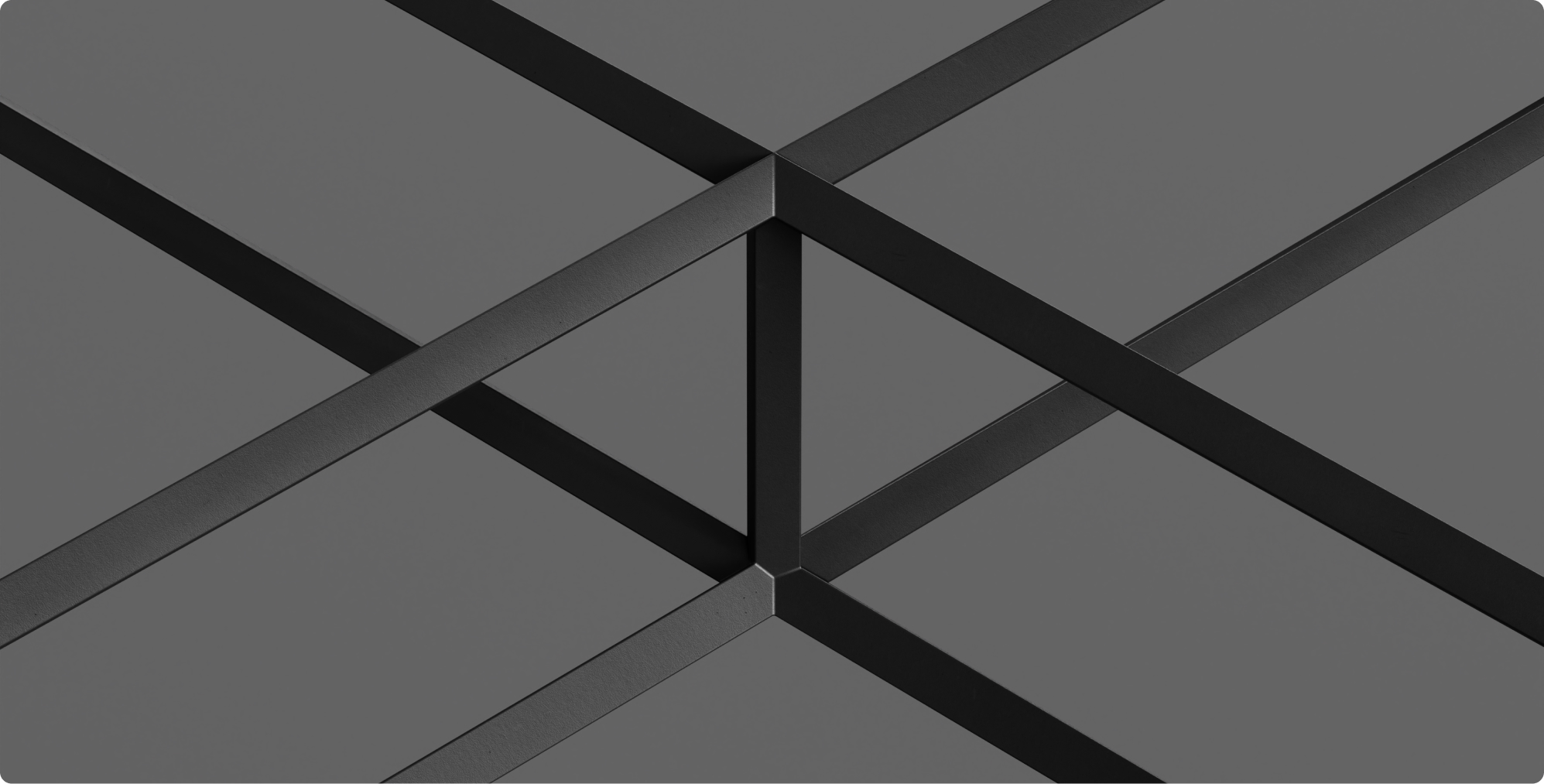About 30 percent of data worldwide is generated by the healthcare industry. That’s a massive amount of information that healthcare systems and providers can use to make care more efficient, effective, and safe. Meaningful insights derived from data can inform decision-making, enhance operational efficiency, and improve patient care outcomes. What do you need to do this effectively? A powerful technology infrastructure to ingest, organize, and analyze large volumes of data from diverse sources, including claims, clinical outcomes, and electronic health records. An analytics infrastructure is essential to support organizational growth, whether the provider is a large hospital system or a regional provider. For many chief information officers (CIOs), the question comes down to whether to build a proprietary data analytics platform in-house or partner with a vendor to use an existing solution. Fully understanding the implications of each choice in the short and long terms can help leaders – pick the most appropriate path. Creating a proprietary data analytics solution can be attractive for many reasons. It allows healthcare organizations to custom-design a solution with features and tools for their unique needs and workflows instead of operating within the capabilities of a vendor’s platform. Building a custom solution from the ground up allows for seamless integration with existing systems and processes, eliminating the need to adapt the tech stack. In-house healthcare analytics solutions provide almost complete data security and privacy control. There’s no need to worry about private data being inadvertently shared with a vendor’s other clients or otherwise mishandled. Because data isn’t transmitted externally, there is less risk of data breaches while in transit. In terms of costs, keeping analytics in-house can result in savings over the long term. There is no need to pay ongoing subscription fees or budget for increases in those fees. With a custom solution, providers can scale the platform up or down as needed, improving resource optimization. From a strategic standpoint, in-house creation offers other benefits. Proprietary data analysis can generate unique insights, differentiating providers from competitors and potentially giving them an advantage in the marketplace. The main downside to developing a proprietary solution is the up-front cost of the investment and the time it requires: approximately $150 to $250 million dollars over five years. Over that time, technological advancements, industry trends, and internal organizational changes could make the system obsolete before it is even launched. Developing and maintaining a data analytics platform also requires skilled personnel. Beyond the costs of recruiting, managing, and retaining candidates with the desired combination of technological and healthcare expertise, they’ll need continuous training to ensure the system is consistently optimized for performance. Healthcare organizations must also ensure the system is up to date with evolving requirements for regulatory compliance for data security and privacy. Many providers choose to outsource healthcare analytics by partnering with a third-party vendor. These companies typically have a deep understanding of the industry and the technical experience and expertise to handle the complexities of diverse healthcare data. They can also help healthcare companies adjust certain features and functionalities to meet specific business needs, allowing for a certain level of customization. For many healthcare organizations, the primary benefit of working with a data analytics provider is immediate access to advanced tools and methodologies without the substantial upfront investment of time and money that a proprietary system requires. This option also eliminates the need to constantly maintain and update a system to keep up with technological advancements and security requirements. There are numerous healthcare data analytics solutions available, so it is important to conduct thorough research to effectively evaluate potential solutions and determine if they align with your requirements. Some criteria include: Healthcare businesses have different data analytics needs, resources, and business goals. Whether to build a proprietary solution or partner with an external vendor depends on various factors, especially financial and strategic concerns. First, look at the long-term versus short-term costs and their implications. Building a healthcare data analytics platform involves significant resources upfront and runs the risk of project overruns and unforeseen technical challenges. However, it may be possible to recoup those costs over time. Using an external vendor also has fewer short-term costs. While licensing fees can increase, predictable and regular expenses allow healthcare providers to budget for those costs accurately. Second, assess the strategic importance of data in organizational decision-making. Does your organization have enough internal data to reveal meaningful insights? Do you have the ability and resources to act on those insights? Could your company benefit significantly from data-driven insights now, or is it able to risk waiting until it can finish developing a proprietary platform? Finally, do you need the competitive advantage of bespoke analytics capabilities, or are the functions and features supplied by data analytics platforms sufficient for your purposes? The answers to these questions can help your organization identify the most appropriate choice for its size, resources, and goals. Robust data analytics capabilities are essential for healthcare organizations to succeed in an increasingly complex and competitive industry. Deciding whether to invest in an in-house analytics infrastructure or partner with an external vendor has significant financial, strategic, and operational implications. Healthcare decision-makers must assess their needs, resources, and strategic goals before choosing one or the other. Researching and comparing data analytics platforms and consulting with health technology experts can generate valuable insights. Overall, having more information about your internal capabilities, resources, needs, and the industry landscape and trends can help leaders decide which option will best support ongoing organizational success in an increasingly data-driven environment. The case for building in-house healthcare analytics solutions
The challenges of building in-house
Advantages of using an external analytics provider
Top considerations when choosing a data analytics partner
In-house vs. data analytics partners
Making the right choice for your organization
- Author Details





